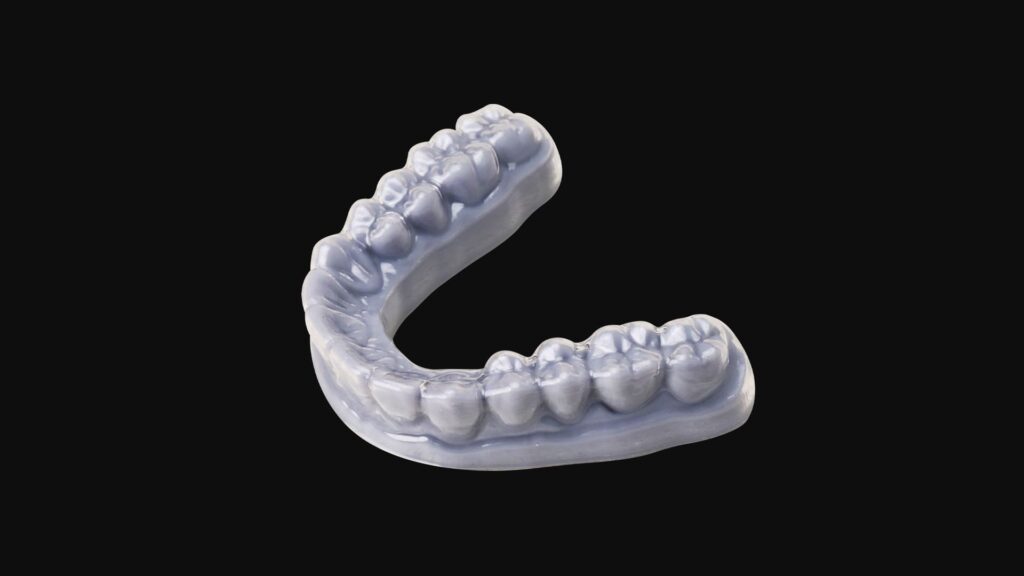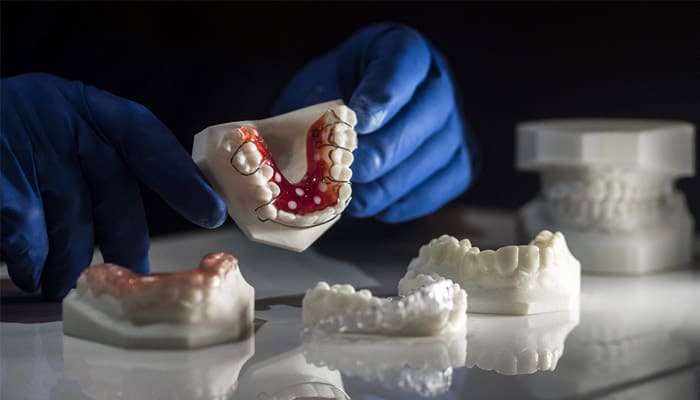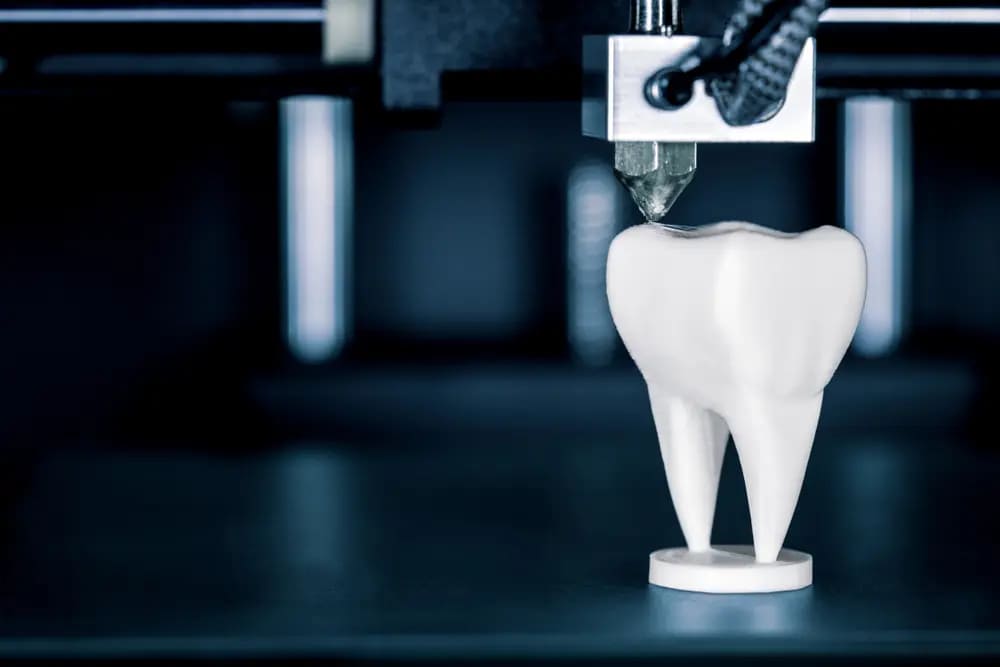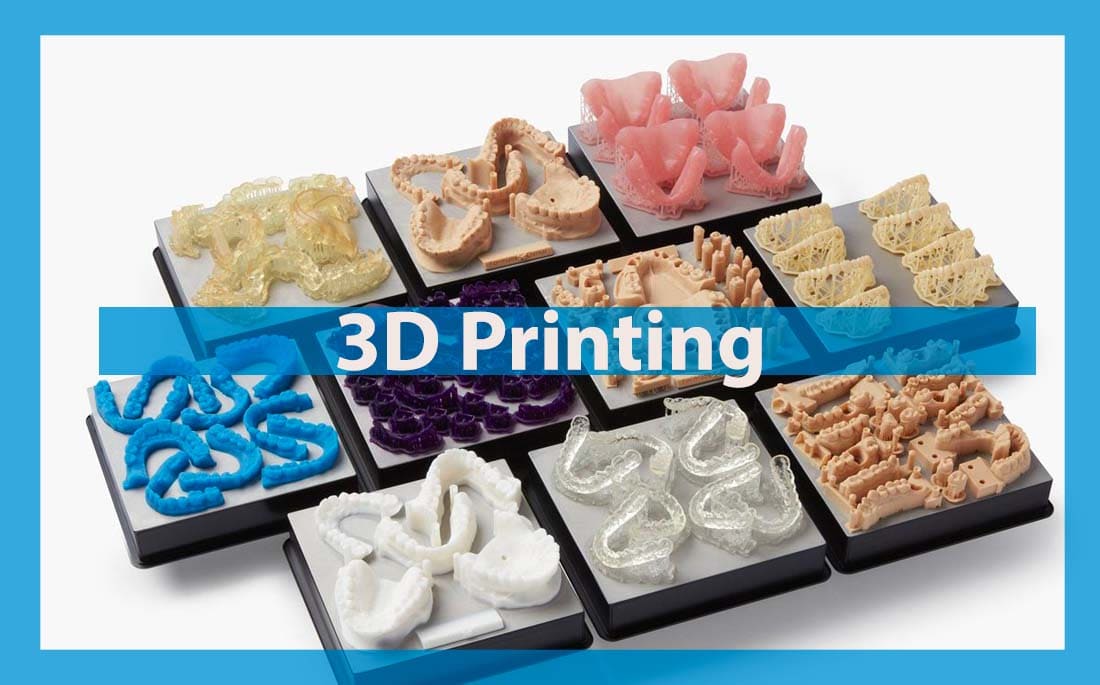Advantages of 3D Printing in Dentistry
In today’s era, the application of 3D printing in dentistry continues to expand. With the continuous advancement of science and technology, the demand for precise, efficient and personalized treatment in the dental field is growing, and 3D printing technology just meets these key needs.
It not only changes the traditional way of dental restoration, but also plays a vital role in improving patient comfort, optimizing equipment engineering design, bringing environmental and economic benefits, expanding application areas, and promoting education and doctor-patient relationship development.
1.The Evolution of Dental Restoration
3D printing technology in dentistry has revolutionized the way teeth are restored, providing extreme precision and efficiency. It enables dentists to create restorations that fit the patient’s individual anatomy perfectly, significantly reducing the need for multiple fittings and adjustments.
The ability to accurately replicate tooth structure ensures that restorations fit perfectly from the initial placement, thereby improving patient comfort and satisfaction. The shift from traditional methods to 3D printing has not only improved the quality of dental restorations, but also transformed dental practice, marking an important step towards patient-centered, health- and beauty-focused dental care.

2.3D printing improves the dental patient experience
Tailor-made
Unique dental restorations can be customized according to the precise dimensions of each patient’s mouth, ensuring that implants, crowns or veneers fit perfectly, reducing the number of painful adjustments and repeat visits for patients.
Speed and accuracy
Dental appliances can be produced quickly, significantly reducing waiting time, sometimes from weeks to hours, which is particularly beneficial for anxious patients or those who need urgent care.
Aesthetics
3D printing uses advanced color matching technology to make restorations not only functional, but also naturally similar in appearance to the patient’s existing teeth, enhancing aesthetics and improving patient confidence.
Educational participation
Dentists can use 3D models to better explain the treatment process to patients, improve patients’ understanding, comfort and participation in treatment plans, reduce anxiety and enhance trust.

3.Advantages of 3D printing in dentistry
Material versatility
3D printing uses a variety of biocompatible materials, each with specific properties such as durability, aesthetics, and compatibility with human tissue, to achieve functional and aesthetic dental restorations.
Layer-by-layer precision
Its layer-by-layer construction method ensures the microscopic precision of each restoration, reducing errors and inconsistencies in traditional manufacturing techniques.
Mass customization
It can easily achieve mass customization, produce both standardized products and one-off customized products, and provide personalized treatment for each patient at a relatively low cost.
Repeatability
Advanced scanning and imaging technology ensures that each 3D printed dental device is both in line with patient needs and reproducible, ensuring consistency in quality and performance, and enhancing the confidence of patients and dental professionals in its reliability and effectiveness.
Reduced waste
Compared with traditional dental manufacturing methods, 3D printing uses only the necessary amount of material required to manufacture the product, minimizing material waste.

Reduced logistics costs
By enabling local production of dental devices, the transportation needs associated with traditional dental manufacturing are reduced, further mitigating the impact on the environment.
Savings for Patients
The efficiency of 3D printing reduces production costs, allowing patients to enjoy high-quality dental care at a more affordable price.
4.Expanded application of 3D printing in dentistry
Orthodontics
Customizable braces and braces to improve comfort and shorten treatment time.
Periodontics
Gum care experts use 3D printed models for complex implants and surgeries to improve the accuracy of treatment plans.
Prosthodontics
Widely used to make dentures, crowns and bridges with high precision and speed.
Pediatric dentistry
Provides fast solutions for pediatric applications, produces small devices suitable for children, and reduces the fear of young patients.
5.Future Development of 3D Printing in Dentistry
Future Directions and Research of 3D Printing in Dentistry
Advances in Materials Science: Researchers are working to develop new materials that are more resilient and better mimic natural tooth structure.
Bioprinting: Bioprinting innovations aim to print organic materials, which are expected to create living tissues that will revolutionize implant and regeneration technologies.
Regulatory and Ethical Considerations: As 3D printing develops, the need for a comprehensive regulatory framework grows to ensure patient safety and ethical considerations.
Integrating 3D Printing into Dental Education and Training
Curriculum Development: Dental schools update their curricula to include 3D printing technology training to ensure that new dentists master its theoretical and practical applications.
Practical Training: Students learn to design and produce dental appliances and models by directly using 3D printers, improving their readiness for clinical practice.
Continuing Education for Senior Dentists: Seminars and workshops are held for practicing dentists to provide information on the latest developments in 3D printing so that they can keep up with technology trends.
Finally
3D printing technology has shown many advantages and potentials in dental care. Dental professionals should actively apply it to provide patients with better services and promote the industry to a higher level.
